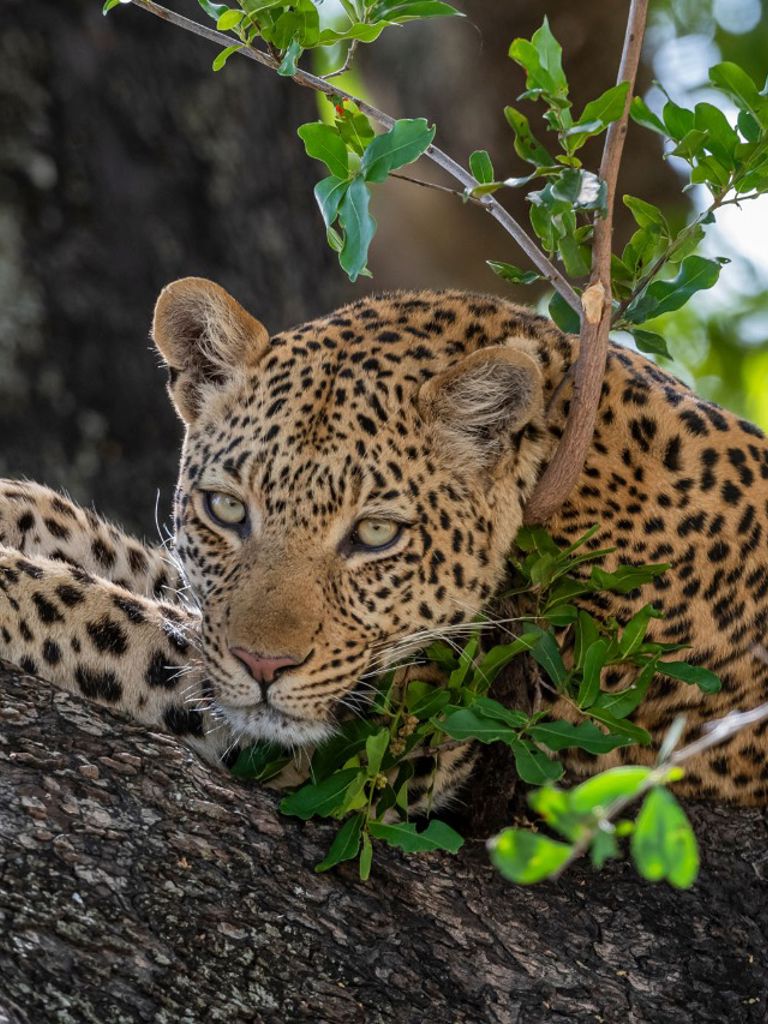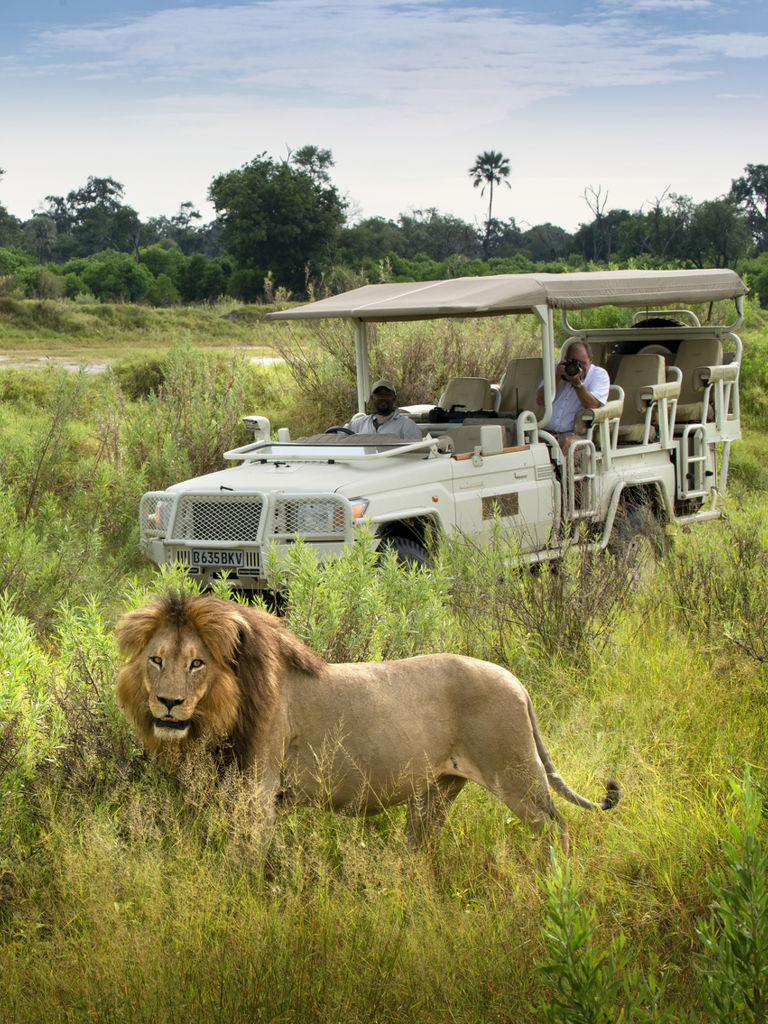
November sightings at Xigera
November has brought some incredible wildlife sightings at Xigera, including a great deal of drama within our resident lion pride.

November has brought some incredible wildlife sightings at Xigera, including a great deal of drama within our resident lion pride.
From rare birds to the Lodge's beautiful resident leopard, discover the incredible animal life that make their home in the Okavango Delta.
Discover more